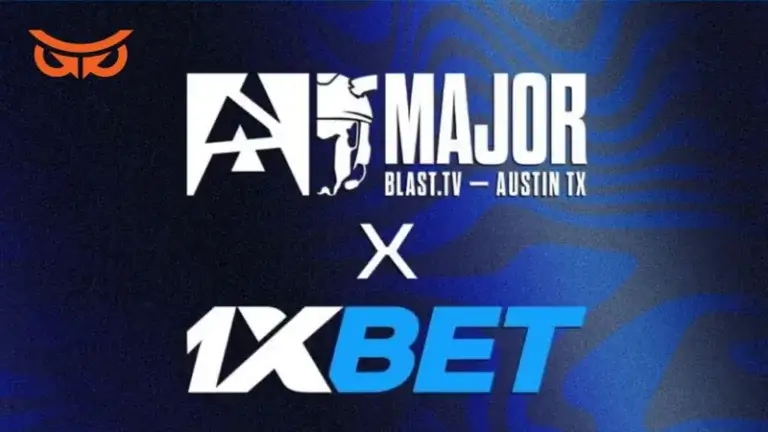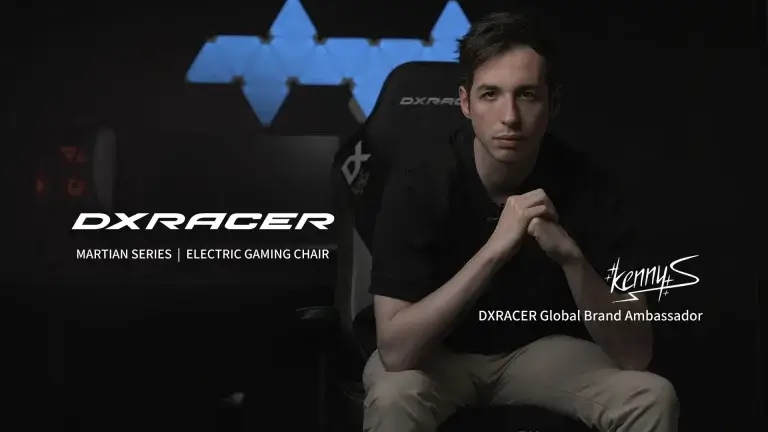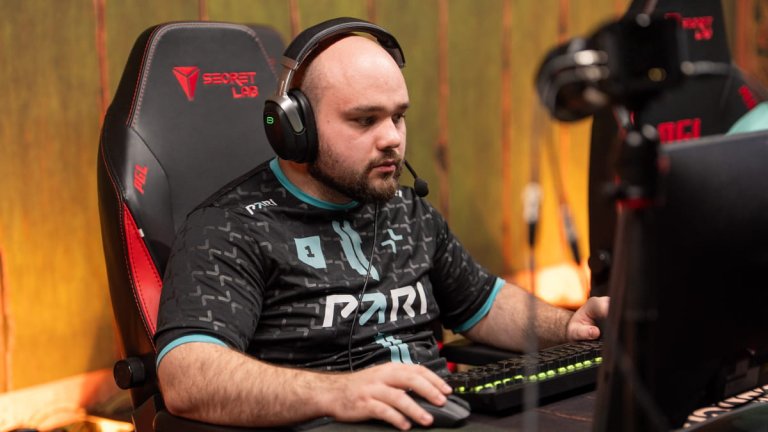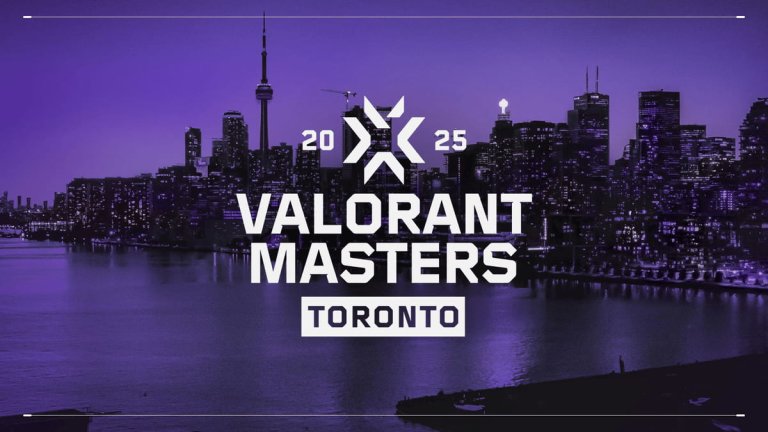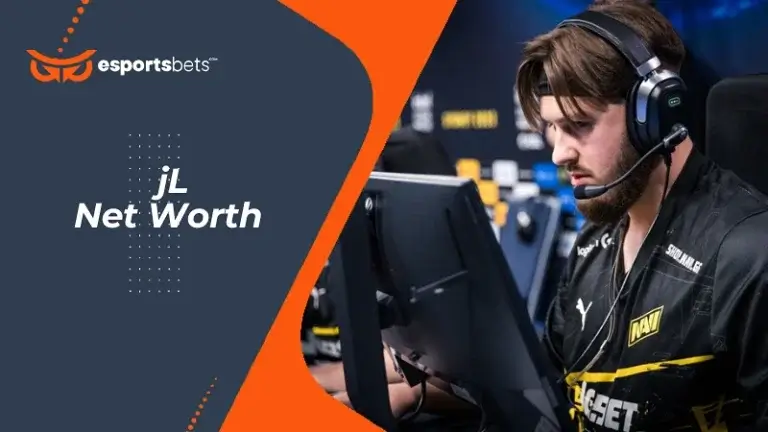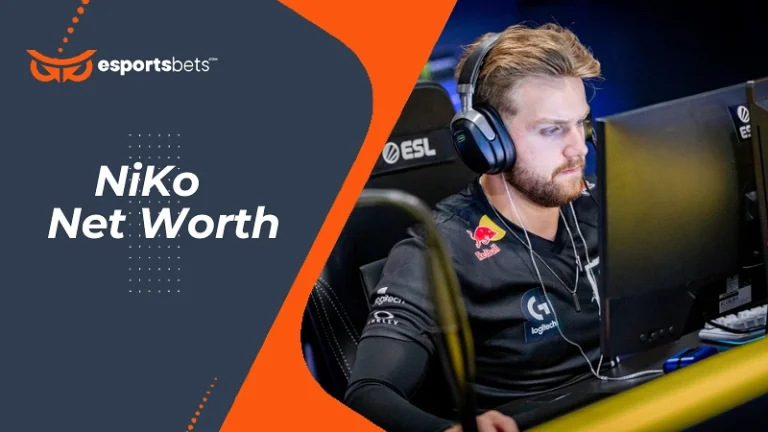League Of Legends: 10 Years In The Making
[toc]It’s human nature to reflect on the past. It’s also human nature to remember the positive qualities of those memories, whereas the negative components slip into a foggy distance, vaguely peeking through.When diehard League of Legends players reflect on the inception of their game, memories flood back from the second and third seasons.
Solo kills were much more common. Individual players could carry the weight of the team on their shoulders, practically going 1-on-5 if they were properly fed (definition of fed — destroying the enemy team so badly that their lane opponent just wants to go cower in the jungle bushes).
Needless to say, the game was not balanced as it is in its current state.
The early inception of League of Legends did focus heavily on the individual play — it could often trump the coordination and synergy required in today’s generation.
That early ideology, destroy your lane opponent as hard as you can and gg, wasn’t particularly healthy for the game. It left players feeling helpless. How can you win a game when a singular opponent is so far ahead?
And perhaps that was a harbinger of what League of Legends would become, a team-based game that requires five working parts to be successful.
[cta id=2581 type=geo]A brief history
Riot first launched League of Legends in October 2009 and included the original 40 champions, the five vs. five Summoner’s Rift map, and the three vs. three Twisted Treeline map.
But before we get too far into the history of League of Legends, let’s go back three more years, when a small indie game company became known as Riot Games.
Riot Games was founded in 2006 by Brandon “Ryze” Beck and Marc “Tryndamere” Merrill in a small Los Angeles studio. The company dedicated itself to a single game, League of Legends: Clash of Fates.
At the time of its inception, World of Warcraft had emerged as the premier online game. It came with one major drawback though, a $15 per month charge for its player base to participate in online activities.
It was a reaction to that money-mongering tactic that Riot would promote its game as free-to-play, charging not for gameplay or in-game advantages, but for mere cosmetic upgrades. The theory was that if the players loved the game enough, they would invest money in it.
They were absolutely correct in making that gamble.
It’s somewhat ironic that the root of MOBAs can be traced back to Activision itself. Popular mods for StarCraft and Warcraft are what spawned Dota, with League of Legends following right behind. There’s not enough quantitative data to state that League of Legends killed off World of Warcraft (part of WoW’s decline is their own doing — a watered-down game that was disconnected from its original player base), but it did significantly impact the brand.
In particular, a growing portion of the WoW player base grew frustrated with a dull, unbalanced player-vs-player scene. Perhaps one of WoW’s greatest flaws was the arrogance to attempt balancing PVE and PVP elements without altering the other. That game design strategy has proven to be inadequate at best.
Venturing into competitive play
As the player base grew, Riot saw an opportunity early to capitalize and create its first competitive scene. In July 2010, Riot released the single biggest content update that League of Legends has received to date and initiated its first competitive season.
Draft mode, ranked games, and the ranked ladders system were all introduced at this time.
The first notable competitive event for League of Legends was the WCG Finals in October 2010. More than 3,000 gamers were invited to participate for a prize pot of $10,000 and a WCG gold medal. The first official tournament sponsored by Riot and hosted by Alienware followed the next month, with first-place receiving $5,000 as a cash prize.
The first season of competitive play concluded in June 2011, with finals taking place at DreamHack in Sweden. The best League of Legends teams from around the world were invited to battle it out for a grand prize of $50,000, with Fnatic (a European team) ultimately winning.
The first Season One Championship (as it was called then) had an overall viewership of 1,690,000 people. The Season Two Championship took place in Los Angeles, and the grand prize increased twentyfold to $1,000,000 (won by the Taiwan team Taipei Assassins). Total viewership also quadrupled to more than 8,000,000.
The Season Three World Championship was held at the Staples Center in Los Angeles as well. With the same grand prize of $1,000,000 as Season Two, SK Telectom T1 (based in South Korea) were the eventual champions. Astonishingly, viewership again quadrupled from the previous year to an astounding 32 million views.
The World Championship 2014 (also known as Season Four World Championship) was played in Singapore and Taipei before finishing in Busan, South Korea. Samsung Galaxy White (from the Korean League of Legends region) were the eventual champions. Viewership maintained at 32 million views.
Our most recent Worlds, the Season Five World Championship saw 36 million views, with over 360 million hours of live esports viewed — nearly doubling Season Four World Championship of 194 million.

Peak viewership (in millions) during the world championship of each season (click to enlarge).
The competitive draw for players
For the competitive League of Legends player, playing in the LCS is the dream scenario. The LCS, or League Championship Series, is a season-long event unique to each region. The season is divided into two splits, Spring Split and Summer Split, with the top teams in each region battling it out on a weekly basis for supremacy.
At the end of each season, a tournament takes place to find out which teams will represent their designated region on the world championship stage. Seeding is based on that season’s win-loss record, with the top six teams participating.
With a final grand prize of $1,000,000, the World Championship is nothing to sneeze at. While the pot is not quite as large as the ridiculous $6,000,000+ grand prize in Dota 2, the prestige of being known as a world champion (and the lucrative contracts offered from competitive teams) makes it just as important.
Viewership of this event has also increased each year, with last year’s LCS World Championship Series airing on ESPN 3.
The Challenger Series is also regionally dependent and is the path for new, upcoming teams to make their way to the LCS.
The Challenger Series is composed of six teams — three teams that failed to advance to the previous promotion tournament, one team from the previous Challenger Series split, and the top two teams from the public ranked ladder.
League of Legend’s impact on the gaming industry
Riot has made an everlasting impact on the gaming industry in more than just the obvious ways. The model of providing a free-to-play game but providing in-game purchases has been replicated by numerous companies, especially in mobile apps.
Although Chinese conglomerate Tencent paid $400 million for a majority stake in Riot Games, the company has maintained its independence. It now has more than 1,000 employees (700 in North America and 300 globally).
Owners Merrill and Beck haven’t taken the success lightly either, as they’re constantly looking to improve the game in as many ways as possible. One thing still stands true though: Riot was founded on the importance of delivering an excellent gaming experience to their players and that vision will never change.
Image credit: muratart / Shutterstock.com




